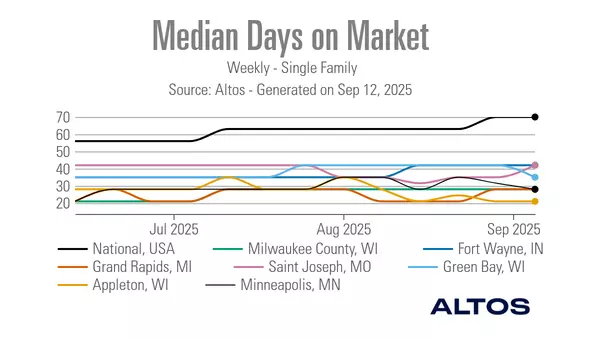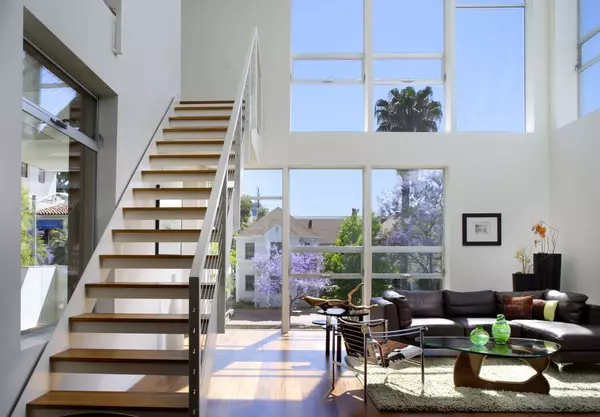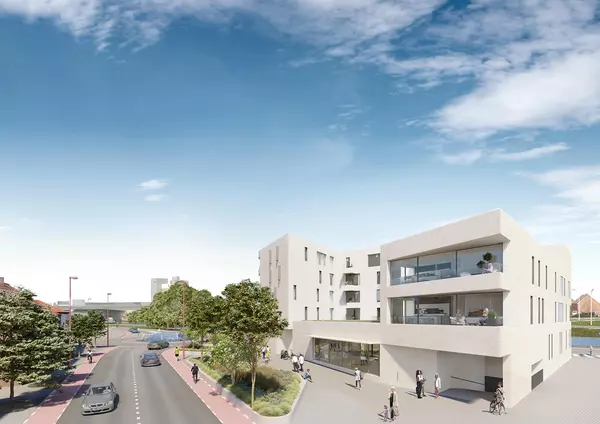Did new-home sales really just crash?
Did today’s new home sales report really show an epic crash in sales? New home sales reports can be quite volatile from month to month. When I notice a significant increase or decrease compared to estimates, I often suspect that revisions will be made or that a one-time event may have influenced the figures.
In this case, several factors contributed to the substantial decline in new home sales. Mortgage rates have been rising and the housing market is also experiencing the impacts of hurricanes. If we exclude the Southern states from today’s data, new home sales actually increased by 8% year over year. However, the Southern states have seen the highest growth in existing inventory, meaning that higher mortgage rates are influencing the figures in this region as well.
When we remove the South from the analysis, even the month-to-month sales figures are positive. Therefore, due to the extreme fluctuations observed, I think we should take this report with a grain of salt. We not only have higher mortgage rates but also the hurricane variable. 
From Census: New Home Sales: Sales of new single-family houses in October 2024 were at a seasonally adjusted annual rate of 610,000, according to estimates released jointly today by the U.S. Census Bureau and the Department of Housing and Urban Development. This is 17.3 percent (±12.8 percent) below the revised September rate of 738,000 and is 9.4 percent (±19.0 percent)* below the October 2023 estimate of 673,000.
As you can see below, the drop was slightly more dramatic than usual, so Daddy Chill!
<\/script>The new home sales purchase application data provided by the Mortgage Bankers Association last week indicates a steady upward trend from the lows we saw in 2022. However, this improvement isn’t sufficient to increase housing permits significantly. Imagine how much worse housing starts today if homebuilders weren’t actively paying down mortgage rates to boost sales. In this recent article, I explain why we won’t build millions of new homes anytime soon.
For Sale Inventory and Months’ Supply: The seasonally-adjusted estimate of new houses for sale at the end of October was 481,000. This represents a supply of 9.5 months at the current sales rate.
The Southern states significantly contributed to the monthly supply reported — in fact, nearly all the growth in monthly supply came from this region. Looking at our data from 2024, 40% of the existing home sales inventory will come from Texas and Florida. While hurricane impacts have influenced the data, we should remember that higher mortgage rates affect the South more than other parts of the United States. That’s because the South is also dealing with higher property taxes, higher home insurance costs, and a lack of migration; all three have made their markets softer than other parts of the U.S.
Below is a summary of the other data points from this report.
<\/script>Overall, we should not give too much weight to this single report. However, it’s important to understand that housing starts are currently at recession levels because mortgage rates are too high to encourage new housing construction.
If mortgage rates can decrease to around 6% and remain there, we should be in a better position for a while. For now, though, the pressing issue is whether mortgage rates can drop low enough to keep construction workers employed once the backlog of homes is completed. History suggests that this may not happen.
Categories
Recent Posts











